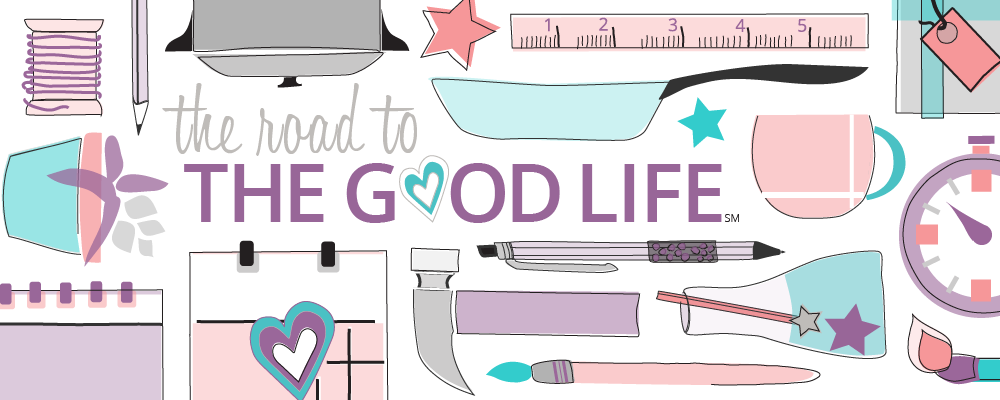Protecting your images
There's an online article ( http://www.popphoto.com/popularphotographyfeatures/5001/grand-theft-photo.html ) in American Photo magazine's sister website, PopPhoto.com, highlighting the importance of registering your photos with the U.S. Copyright Office even if you're an amateur. I initially came across the article scrapped into a blog - which is theft in its own right (taking an entire article, even if crediting the source is still plagiarism). While the article is long, there are a couple of key takeaways: "If you've posted pictures on a website in order to sell them, they're considered published ..." Benefit to the photography community as a whole: As more people register their images the risk/reward ratio for thieves goes up, and photographers who make a living from their creations are more able to be paid for their art. There's an easier way to submit your work for registration (note that you can submit a collection of images for each $45 registra...
